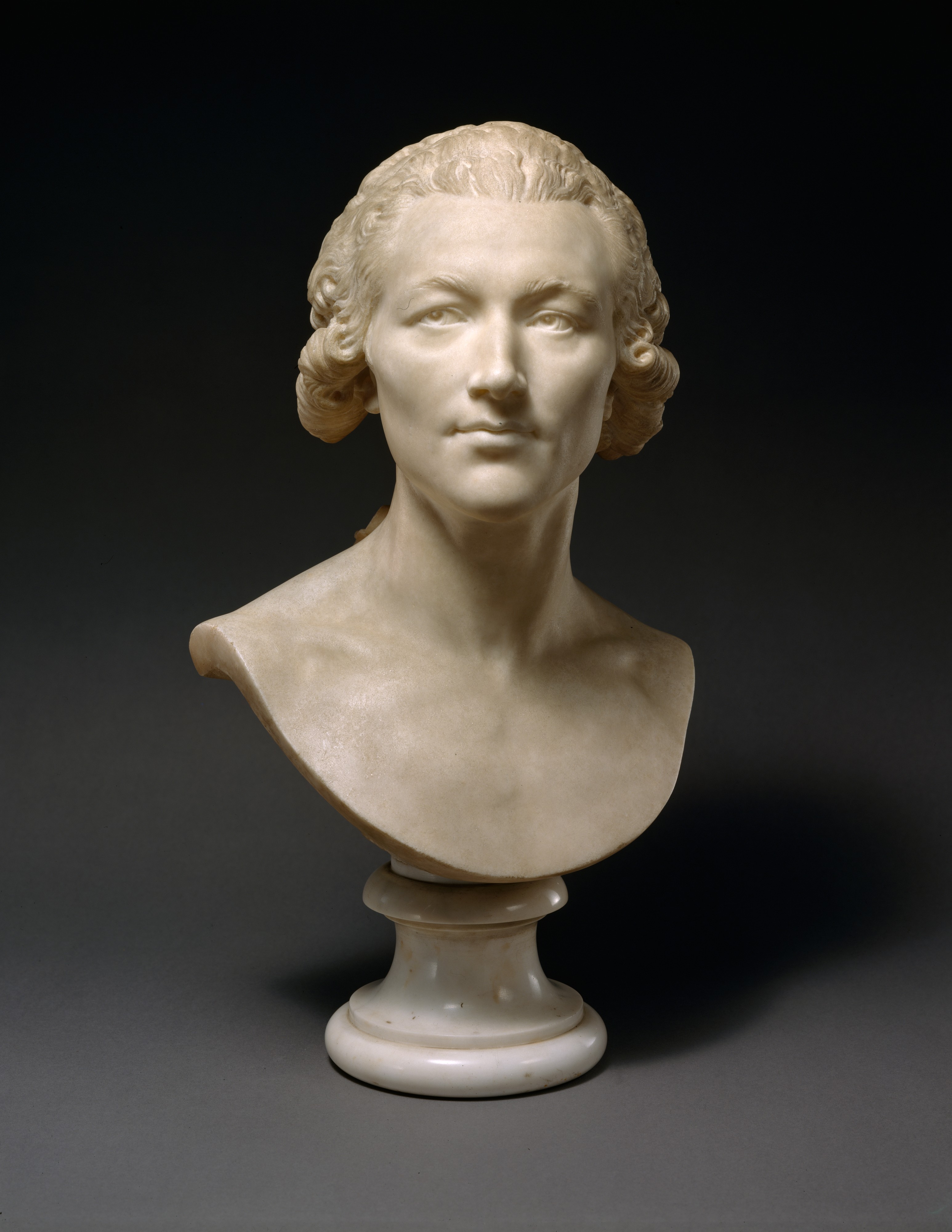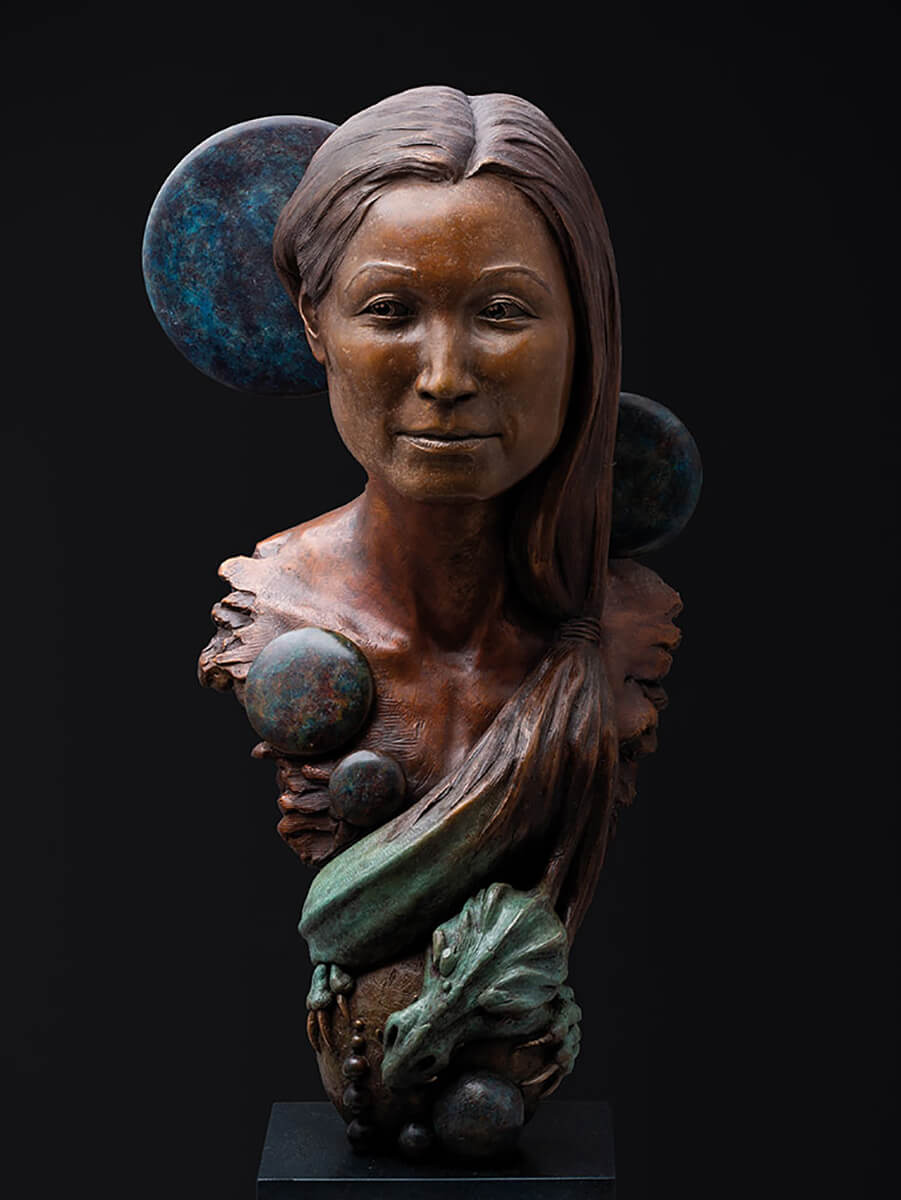The Evolution of Sculptures: From Ancient to Modern
The Evolution of Sculptures: From Old to Modern. Equine Sculptures.
Sculpture, among the oldest kinds of art, has been an indispensable part of human world for centuries. From the ancient human beings of Egypt and Greece to the modern age, sculptures have actually evolved, mirroring changes in imaginative techniques, materials, and social impacts. This journey via time traces the development of sculptures, exploring the changes stylishly, subject issue, and imaginative expression.
Beginning with the ancient globe, sculptures crafted from rock and later on bronze captured the essence of divine beings, leaders, and everyday life. The Renaissance period observed a revival of classic sculpting methods, as musicians looked for to mimic the graceful types of ancient Greek and Roman sculptures (Portrait Sculptor). In the modern period, musicians challenged traditional limits, embracing abstraction and trial and error with brand-new materials
This expedition will delve right into the diverse development of sculptures, revealing the abundant tapestry of creative expression across various durations and societies.

Old Sculptures: From Stone to Bronze
Ancient sculptures transitioned from being carved out of rock to being cast in bronze. This shift marked a significant evolution in the art of sculpture, permitting higher improvement and detail in the completed jobs. Rock sculptures, while excellent in their very own right, were limited by the nature of the material. Rock called for comprehensive shaping and sculpting, typically causing a more streamlined representation of the topic.
The introduction of bronze as a tool for sculptures brought about a transformation in imaginative expression. Bronze offered sculptors the chance to produce natural and intricate types that were not feasible with rock. The procedure of casting bronze enabled the production of numerous copies of a sculpture, allowing broader circulation and conservation of these creative work of arts.
The shift from rock to bronze likewise saw a change in the subject of sculptures. While stone sculptures mainly shown gods, sirens, and mythical numbers, bronze sculptures started to show a more comprehensive variety of subjects, including everyday individuals and pets. This growth of subject showcased the adaptability and adaptability of the bronze medium.
Renaissance Revival: Forming in the Timeless Design
The Renaissance resurgence of sculpture saw a renewal in the classic design, building upon the developments made during the transition from rock to bronze in ancient sculptures. Throughout this duration, artists sought to recreate the timeless aesthetic and ideals of beauty that prevailed in old Greek and Roman sculptures.
One of the vital features of the Renaissance revival was the focus on naturalism and the human type. Carvers like Donatello and Michelangelo strove to record the physiological information and expressions of their subjects with extraordinary precision. They studied the body and integrated their monitorings into their sculptures, causing realistic and reasonable representations.
Another vital element of the Renaissance rebirth was the exploration of perspective and depth. Musicians used strategies such as contrapposto, where the weight of the body is shifted away, developing a feeling of motion and dynamism. They also explore different products, consisting of marble and bronze, to accomplish a degree of elegance and details in their sculptures.

Modernism and the Avant-Garde: Damaging Traditional Boundaries
Throughout the Modernism and Avant-Garde motions, carvers pressed the boundaries of typical artistic conventions. This period, which arised in the late 19th and early 20th centuries, saw a significant shift in the method artists came close to sculpture. Declining the concept of art as simple imitation, modernist carvers sought to check out brand-new types, materials, and ideas.
Among the vital qualities of modernist sculpture was the focus on abstraction. Artists moved far from practical depictions and instead concentrated on recording the essence of the subject with streamlined kinds and geometric forms. This departure from standard depiction permitted musicians to express their emotions and ideas in a much more subjective and individual manner.

Contemporary Sculptures: Checking Out New Products and Concepts
With a concentrate on exploring brand-new materials and ideas, modern sculptures have actually revolutionized the field of art. Artists today are pushing the boundaries of traditional sculpture by utilizing ingenious materials and exploring with abstract ideas. These sculptures challenge traditional ideas of materiality, significance, and form, welcoming viewers to take part in a new and provocative imaginative experience.
Contemporary sculptors are embracing a vast array of products, consisting of plastic, glass, metal, and even raw material. They are not restricted to the conventional medium of rock or clay, enabling for better liberty of expression and trial and error. This change towards unusual materials has actually opened new opportunities for visit musicians to produce sculptures that are dynamic, interactive, and visually striking.
In enhancement to discovering new materials, modern sculptures likewise explore facility and abstract ideas. Artists are currently checking out motifs such as identification, social problems, and the environment, making use of sculpture as an effective medium for social discourse and self-contemplation. These sculptures challenge visitors to think seriously and engage with art on a deeper degree, sparking discussions and provoking psychological reactions.
Worldwide Impacts: Sculptural Customs From Around The Globe
Sculptural practices from different areas of the globe have significantly formed the evolution of sculptures throughout background. The global impacts on sculpture have varied and have added to the richness and range of imaginative expressions. From the ancient civilizations of Egypt, Greece, and Rome to the detailed carvings of Oriental societies, each area has actually established its special sculptural traditions that have actually influenced musicians throughout time.
In old Egypt, sculptures were created largely for funerary and religious objectives. The famous sculptures of pharaohs and gods, such as the Great Sphinx and the bust of Queen Nefertiti, display the Egyptians' proficiency of stone carving and their idea in the afterlife.

In old Rome, sculpture served both political and artistic objectives. Roman sculptures typically shown emperors, generals, and mythological figures, reflecting the power and magnificence of the realm. The marble statuary of Augustus of Prima Porta and the monumental Arch of Constantine are significant instances of Roman sculptural achievements.
Oriental sculptural customs, specifically in India, China, and Japan, have additionally had a profound influence on the advancement of sculptures. Indian sculptures, such as the intricately carved temples of Khajuraho and the gigantic sculptures of Buddha, display an abundant blend of spiritual, mythical, and building components. Chinese sculptures, characterized by their fine craftsmanship and attention to detail, often portray deities, animals, and famous figures. Japanese sculptures, influenced by Buddhism, stress simpleness and harmony, seen in the tranquil sculptures of Buddha and the sophisticated art of bonsai.
The worldwide impacts on sculpture proceed to progress in the modern period. As we look to the future, it is specific that the international influences on sculpture will continue to form and redefine this ancient art type.
Conclusion
In verdict, the development of sculptures has actually seen a shift from ancient rock and bronze works to the classical resurgence throughout the Renaissance. Today, contemporary sculptures check out brand-new materials and ideas, while also drawing ideas from global sculptural customs.
From the old civilizations of Egypt and Greece to the contemporary era, sculptures have actually developed, mirroring adjustments in imaginative strategies, materials, and cultural influences.Starting with the old globe, sculptures crafted from stone and later bronze recorded the significance of divine beings, rulers, and everyday life.Ancient sculptures transitioned from being carved out of rock to being cast in bronze. While rock sculptures mainly shown gods, goddesses, and mythological figures, bronze sculptures began to reflect a broader variety of subjects, including daily individuals and pets.In verdict, the evolution of sculptures has seen a shift from ancient stone and bronze works to the classical revival throughout the Renaissance.